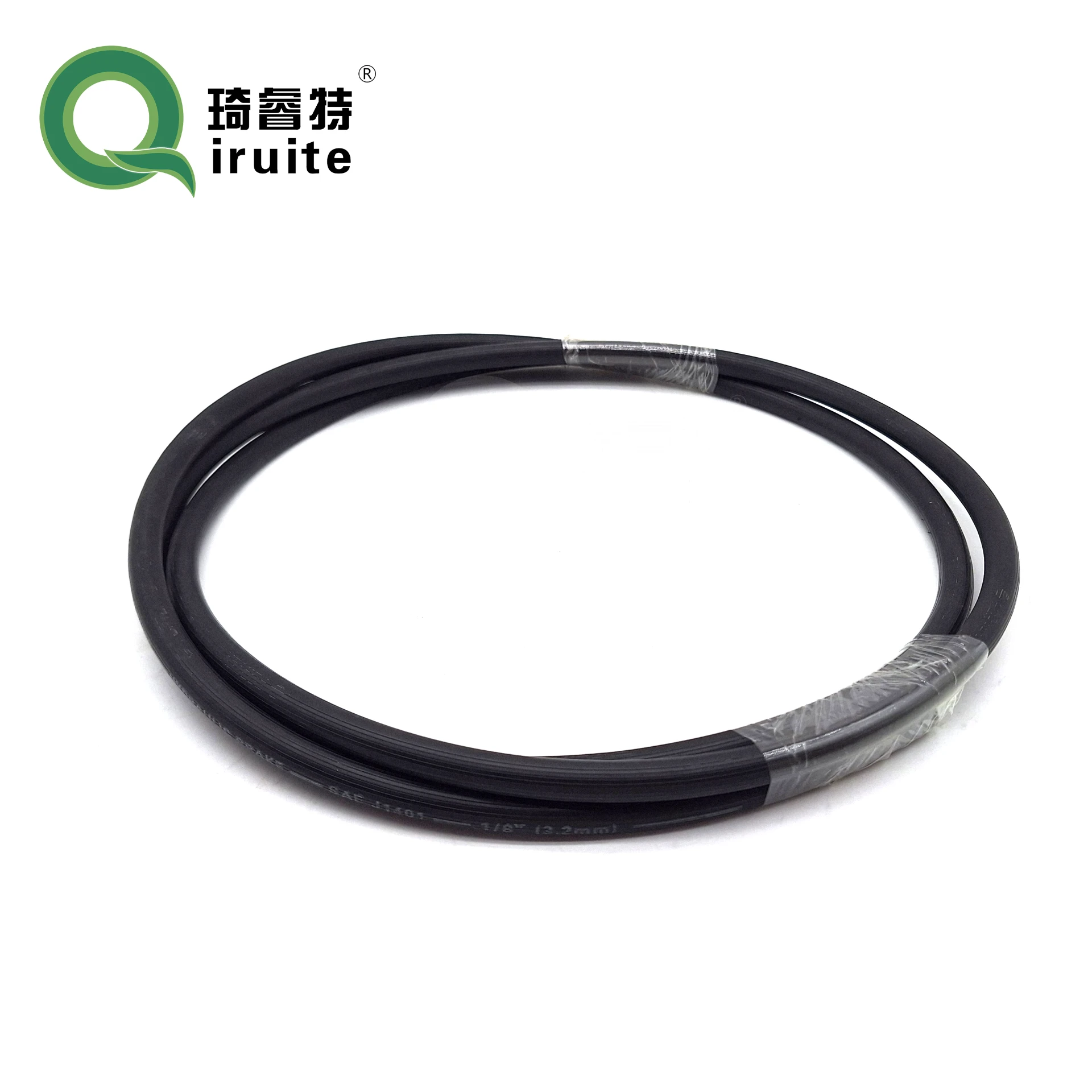spiral cable cover
Understanding Spiral Cable Covers A Comprehensive Guide
In today's rapidly advancing technological world, the demand for effective cable management systems is growing. One such innovative solution is the spiral cable cover. This essential accessory not only enhances the organization of cables but also protects them from wear and tear, entanglement, and environmental hazards. In this article, we will explore the purpose, benefits, materials, installation, and maintenance of spiral cable covers, providing a thorough understanding of their importance in both residential and industrial settings.
What is a Spiral Cable Cover?
A spiral cable cover, as the name suggests, is a protective sheath designed to encase multiple cables, wires, or cords. Its spiral design allows it to easily wrap around a bundle of cables, offering a sleek and neat appearance. These covers come in various sizes, colors, and materials, making them versatile enough to suit different applications, from home electronics to large-scale industrial setups.
Purpose and Benefits
The primary purpose of a spiral cable cover is to organize and protect cables. Here are some significant benefits
1. Protection By encasing cables, spiral covers safeguard them from abrasion, cuts, and environmental damage, extending their lifespan.
2. Organization They prevent cables from tangling, making it easier to manage and identify each wire—especially crucial in setups with multiple connections, like computer systems or AV equipment.
3. Safety Unmanaged cables can present tripping hazards. A spiral cable cover helps keep them bundled securely, minimizing the risk of accidents in both home and workplace environments.
4. Aesthetic Appeal With various colors and styles available, spiral cable covers can enhance the overall look of an area. They provide a tidy appearance that can improve the ambiance of both residential and commercial spaces.
Common Materials Used
Spiral cable covers are typically made from durable and flexible materials. Some common options include
spiral cable cover

- Polyethylene Known for its strength and durability, polyethylene spiral covers are widely used for both indoor and outdoor applications. They are UV-resistant, making them suitable for environments exposed to sunlight.
- PVC (Polyvinyl Chloride) PVC covers are lightweight and resistant to chemicals, making them ideal for various industrial applications. They offer good flexibility and durability in different temperatures.
- Neoprene and Rubber These materials provide excellent resistance to heat and abrasion and are commonly used in heavy-duty applications where cables may experience significant wear.
Installation
Installing a spiral cable cover is a straightforward process. Here’s a simple guideline
1. Preparation Measure the length of the cables you wish to cover and choose the appropriate length and diameter of the spiral cover.
2. Wrapping Start from one end of the cable bundle. Hold the spiral cover and begin wrapping it around the cables, ensuring that it fits snugly without causing excessive strain on the wires.
3. Securing For added security, you can use zip ties or adhesive tape at both ends to prevent the cover from slipping off.
Maintenance
Maintaining spiral cable covers is relatively low-maintenance. Regularly check for signs of wear and tear, especially in high-traffic or high-use areas. If you notice any significant damage, replacing the cover promptly will help maintain cable protection.
Conclusion
Spiral cable covers are an indispensable tool in our cable-centric world. By providing protection, organization, and safety, they not only prolong the life of cables but also enhance the aesthetics of any space. Whether at home or in an industrial setting, investing in quality spiral cable covers is a proactive step towards maintaining a safe and organized environment. As technology continues to evolve, proper cable management will remain a key component of efficient and effective systems.
-
Ultimate Spiral Protection for Hoses & CablesNewsJun.26,2025
-
The Ultimate Quick-Connect Solutions for Every NeedNewsJun.26,2025
-
SAE J1401 Brake Hose: Reliable Choice for Safe BrakingNewsJun.26,2025
-
Reliable J2064 A/C Hoses for Real-World Cooling NeedsNewsJun.26,2025
-
Heavy-Duty Sewer Jetting Hoses Built to LastNewsJun.26,2025
-
Fix Power Steering Tube Leaks Fast – Durable & Affordable SolutionNewsJun.26,2025

